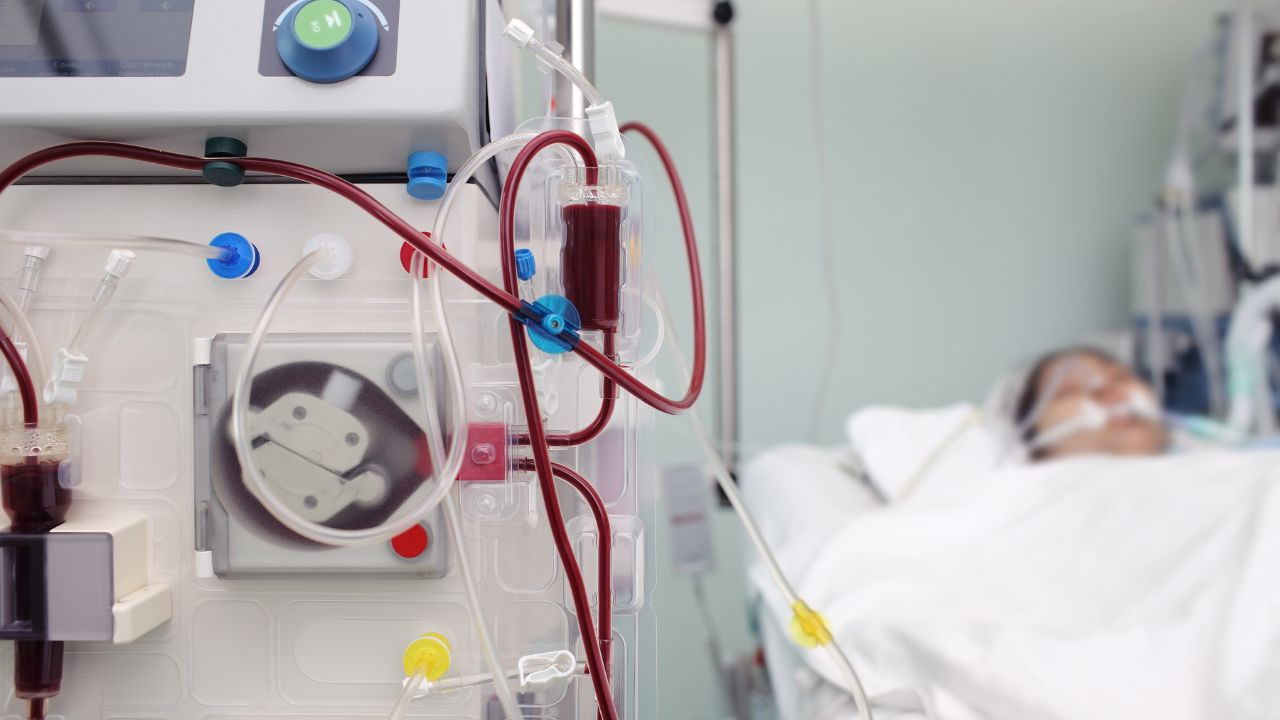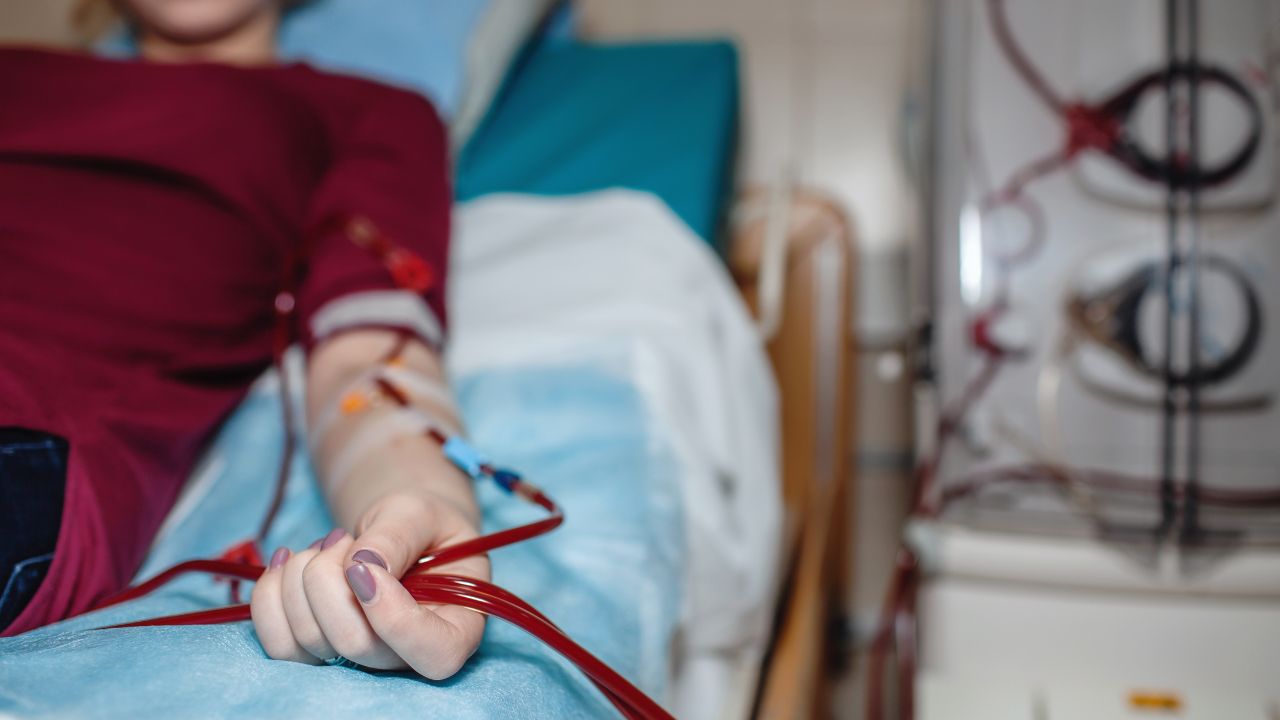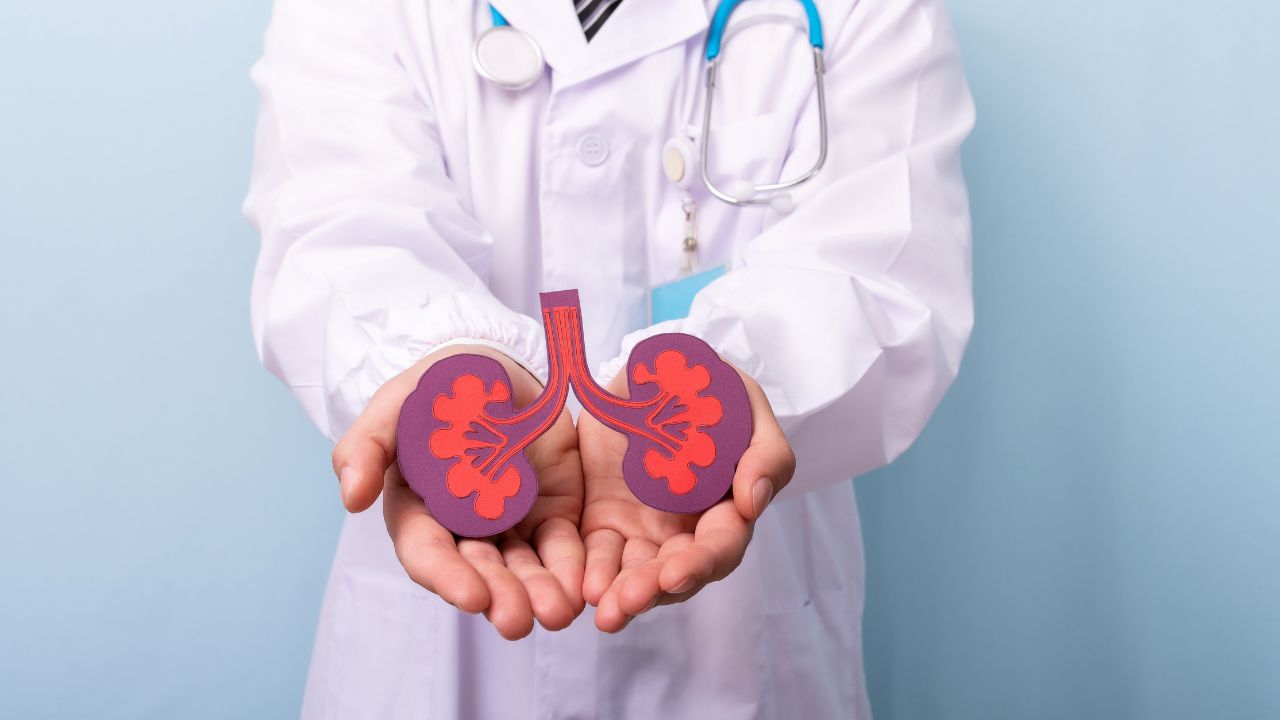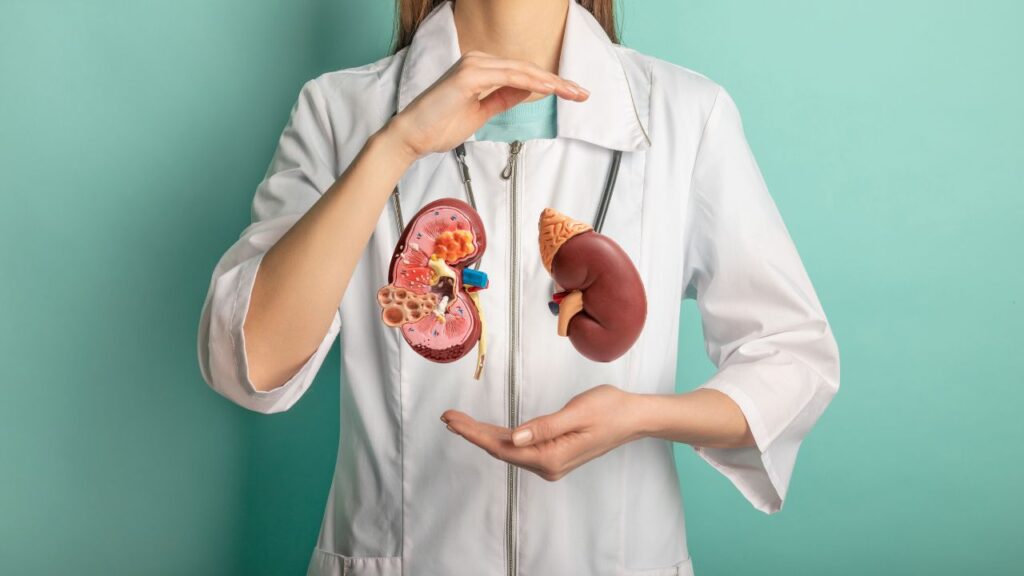Kidney Dialysis is a life-saving treatment for people with extremely low kidney function, also known as end-stage kidney disease, or chronic kidney disease. At the time when the kidneys are unable to do the work of clearing waste, balancing fluids and regulating essential body functions like blood pressure and electrolytes, dialysis comes into play by taking the role of the kidney in the body.
Dialysis cleans the blood with a process that replicates the way the kidneys work in the body, filtering out waste, toxins and extra fluids that build up as a result of kidney failure. This process can aid in managing fatigue, edema, and hypertension that normally result from kidney failure.
Dialysis cannot cure the underlying disease, but it is a life-saving tool, especially when the glomerular filtration rate (GFR) drops below 15, signifying severe kidney damage. Many patients remain on it forever, but some regain enough kidney function to get off dialysis, perhaps one day.
Now, with modern medicine, dialysis can also be done in medical facilities or by dialysis at home, giving patients more freedom and independence.

When is Kidney Dialysis Needed
Dialysis is typically required when 85-90% of kidney function is lost. This stage of chronic kidney disease is called end-stage renal disease (ESRD) or kidney failure. End-stage renal disease with a low glomerular filtration rate (GFR) (<15 mL/min/1.73 m²) is one of the most important criteria for starting dialysis.
But the decision to begin dialysis isn’t made by lab numbers in isolation. Doctors also take into account the patient’s symptoms and general health. Some of the most common symptoms that you might need dialysis are:
- Continuous nausea and vomiting
- Shortness of breath from accumulation of fluid
- Severe fatigue
- Leg, ankle, and face swelling
- Elevated blood pressure that was not controlled
- Clouding of consciousness or confusion
- Laboratory abnormalities (such as hyperkalaemia ( increased potassium) or increased creatinine)
For some people with acute kidney injuries, the need for dialysis may be temporary and kidney function may partially or fully return with treatment. But for people who have a permanent failure of the kidneys, dialysis is a lifelong need unless they receive a kidney transplant.

Types of Artificial Kidney Dialysis
Two types of dialysis are primarily available: Hemodialysis and Peritoneal Dialysis. Each operates in its own unique way but with the same end purpose, which is to cleanse the body of toxins and fluids.
Hemodialysis
In hemodialysis, a machine serves as the patient’s artificial kidney to clean his blood. Blood is removed from the body by a catheter (tube) that is inserted into a blood vessel, through a filter (dialyzer) and then sent back to the body. This helps eliminate waste, regulate the amount of fluid you have in your body, and keep your electrolytes in balance.
Hemodialysis is typically done at a dialysis center three times per week and lasts 3 to 5 hours per session. It can be carried out at home, under supervision and with appropriate training.
Peritoneal Dialysis
The lining of the abdomen or the peritoneal cavity acts as the natural filter in peritoneal dialysis. A special solution (dialysate) is instilled into the cavity through a catheter. Toxic waste products and excess fluid from the blood in the lining of the abdomen go into this solution and then it is removed.
Types of peritoneal dialysis include:
- APD (Automated Peritoneal Dialysis): The patient is attached to a machine to allow the treatment to be done at night while the patient is asleep.
- CAPD (Continuous Ambulatory Peritoneal Dialysis): Daily manual exchanges of dialysate up to 3-5 times a day.
The flexibility offered by peritoneal dialysis is particularly appropriate for all patients considering for dialysis at home.

Kidney Dialysis Risks
Although dialysis can be life saving, it does have some risks and side effects, particularly over the long term.
Common Risks of Hemodialysis
- Blood pressure drop (hypotension) during treatment or after treatment
- Muscle cramps and fatigue
- Infections or clots near the place where the tubes are inserted into the body
- Irregular heart rhythms
- Hematologic disorders associated with the use for anticoagulants
Risks of Peritoneal Dialysis
- Peritonitis (Inflammation of the peritoneal cavity)
- Weight gain due to sugar-based dialysate
- Catheter-related infections
- Hernias due to intra abdominal pressure
In both procedure, anaemia due to decreased red blood cell production is the most common complication, other complications include bone disease, itching and malnutrition. Such complications can be treated or controlled with medications, dietary adjustments and supportive care.

Kidney Dialysis Benefits
Although there are various risks involved but dialysis provides many valuable benefits which greatly enhance the quality and length of the patient’s life.
Key Benefits Include:
- Purifies the blood from toxins and the waste products.
- Regulates the balance of electrolytes such as potassium, sodium and calcium.
- Manages overwhelming of Fluid that minimizes the inflammation and dyspnea.
- Aids in the regulation of blood pressure
- Enables people with kidney failure to live longer and with less suffering
- Allows you to resume usual activities, such as working and socializing

Does Dialysis Cure Kidney Failure
No, dialysis does not cure kidney failure. It is a form of support that can substitute for the kidney function but not reverse the damage.
Key Considerations:
- End-stage kidney disease requires lifelong treatment with dialysis unless a kidney transplant is performed.
- In some cases of acute kidney injury, the kidneys recover, and dialysis can be stopped.
- Dialysis merely treats symptoms of, but not the underlying causes for, the kidney disease.
What Are the Side Effects of Dialysis
Dialysis has potential short term and long-term side effects which will be managed and monitored cautiously.
Short-Term Side Effects
- Low blood pressure on sessions
- Headaches and nausea
- Muscle cramps
- Dizziness and weakness
- Fatigue after each treatment
Long-Term Side Effects
- Anemia , which is a result of a decrease in the count of red blood cells
- Bone and mineral disorders
- Infection at the catheter or site of access
- Fluid retention between sessions
- Nerve damage (neuropathy)
- Psychological stress (depression and anxiety)
Patients can also suffer from restricted lifestyle and mental distress, highlighting the importance of control and care including guidance and education during dialysis treatment.

Kidney Recovery After Dialysis
The recovery of dialysis depends on the type of kidney failure:
1. Acute Kidney Injury (AKI):
Occasionally, kidney function can return to normal when dialysis is started because of temporary kidney damage from infection, injury or drug toxicity. In all these, the dialysis is gradually tapered and finally discontinued after kidney recovery is confirmed.
2. Chronic Kidney Disease (CKD):
Most patients with end-stage renal disease require otherwise life-long dialysis. The kidneys never heal, and dialysis becomes a lifelong necessity unless the patient is given a new kidney.
Patients are still followed closely for kidney health and recurrence of CKD after recovery for AKI. Adopting a kidney-friendly way of life including adequate hydration, blood pressure control and an avoidance of harmful drugs, can help sustain both our recovery and our kidney itself.
Summary
An understanding of what is kidney dialysis and how does it work is vital for patients, their families and for caregivers of patients suffering from chronic kidney disease or kidney failure. Although dialysis does not (and is not meant to) cure kidney failure, it is an essential life saving therapy, one that enables patients to live active, full lives.
From knowing exactly when necessary to start dialysis to selecting the most suitable type of dialysis – hemodialysis or peritoneal dialysis, every patient has their own path. Dialysis can be risky and bring side effects but is life-saving in that it distills toxins, controls blood pressure, and deals with an overflow of water.
In light of the evolving progress in medical science, the future of dialysis also looks more promising than ever, with superior technologies, home-based dialysis facilities and more widespread access to kidney transplants. For now, dialysis continues to be the bedrock in treatment for kidney failure, and a lifeline for millions of people around the world.





